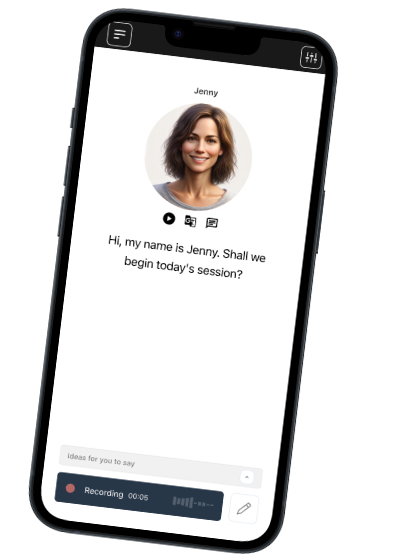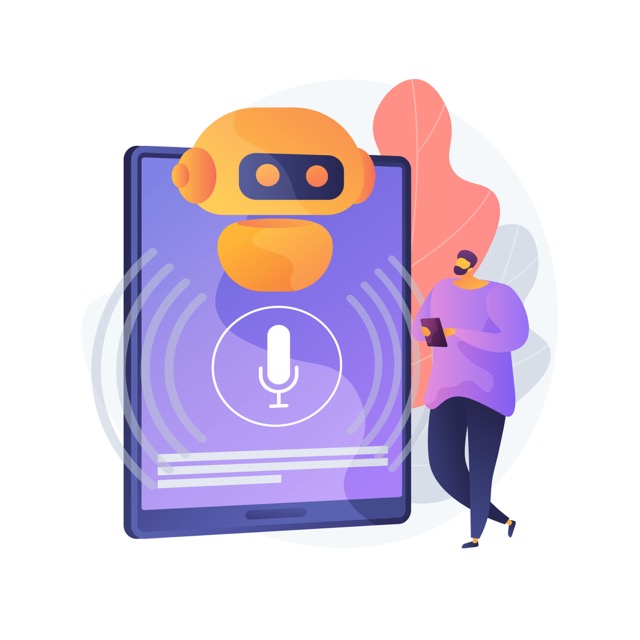Founded in Denmark. We respect your privacy.
Join a worldwide community of language learners
Is Your Native Language Secretly Sabotaging Your Second Language? Surprising Interference Effects Explained
Last updated on
Every language learner brings a unique background to the table, and your first language is often your closest ally. But what if the very traits that make you fluent in your mother tongue are quietly creating hurdles in your journey toward a second language? There’s an intriguing source of confusion lurking beneath the surface—one that can impact pronunciation, grammar, and even confidence. What is it, and can you really outsmart this hidden influence? Read on for insights into this phenomenon—and prepare for a twist that might change how you approach your studies!
Understanding Native Language Interference
Native language interference, also called “L1 interference” or “language transfer,” happens when habits, sounds, or patterns from your first language sneak into your second language attempts. Sometimes, this helps—like when similar grammar rules exist. More often, though, it leads to missteps that can be both amusing and frustrating:
- Pronunciation Pitfalls: If a sound doesn’t exist in your native tongue, your brain may substitute the closest alternative. For instance, native Japanese speakers may struggle with English “l” and “r” sounds.
- Word Order Woes: Many Romance language speakers learning English tend to put adjectives after nouns, because that’s what their native languages do (e.g., “car red” instead of “red car”).
- False Friends: Words that look or sound similar across languages might not mean the same thing, causing confusion (for example, “actual” in English versus “actual” in Spanish, which means “current”).
Our default habits are so automatic that we often don’t notice when they slip in. This “background interference” can slow down progress or cause errors to become fossilized—persisting even after years of study!
Spotting the Interference: What to Watch For
Are you unsure whether your native language is influencing your new one? Here are some tell-tale signs:
- You keep making the same grammar mistakes, even after correction.
- Your accent stubbornly holds on to certain sounds from your first language.
- Phrases that seem normal to you get blank stares or gentle corrections from native speakers.
The interference can be subtle. Even cultural ways of expressing politeness or organizing stories can carry over, sometimes making conversations feel “off” to native listeners.
Strategies for Overcoming Native Language Influence
Awareness is the first step. To minimize native language interference:
- Listen and Imitate: Actively notice sentence structures, rhythms, and sounds in authentic content. Mimic phrases, not just individual words.
- Speak with Native Speakers: Feedback from someone who doesn’t share your first language is invaluable. They’ll catch what your brain filters out.
- Focus Practice on Problem Areas: Once you identify recurring mistakes, drill them with dedicated exercises or record yourself to notice subtle errors.
- Talkio offers AI-powered feedback, allowing you to identify and work on pronunciation and grammar glitches caused by your native language—just like a personal coach!
The Big Reveal: When Interference Becomes an Advantage
Here’s the twist: your native language doesn’t just create obstacles—it can also give you a head start. Studies show that similarities between languages (such as shared roots or structures) can dramatically accelerate learning. If your first language is Spanish, for example, you’ll find Italian or Portuguese vocabulary far easier to pick up than someone who speaks only Chinese.
So, while interference may cause some trip-ups, it’s also the secret ingredient to rapid progress when harnessed with awareness. Becoming conscious of these effects will let you step around those hidden pitfalls—and use your linguistic background as a bridge, not a barrier, to fluency.
Talk Your Way
to Fluency

Talkio is the ultimate language training app that uses AI technology to help you improve your oral language skills!
Try Talkio


